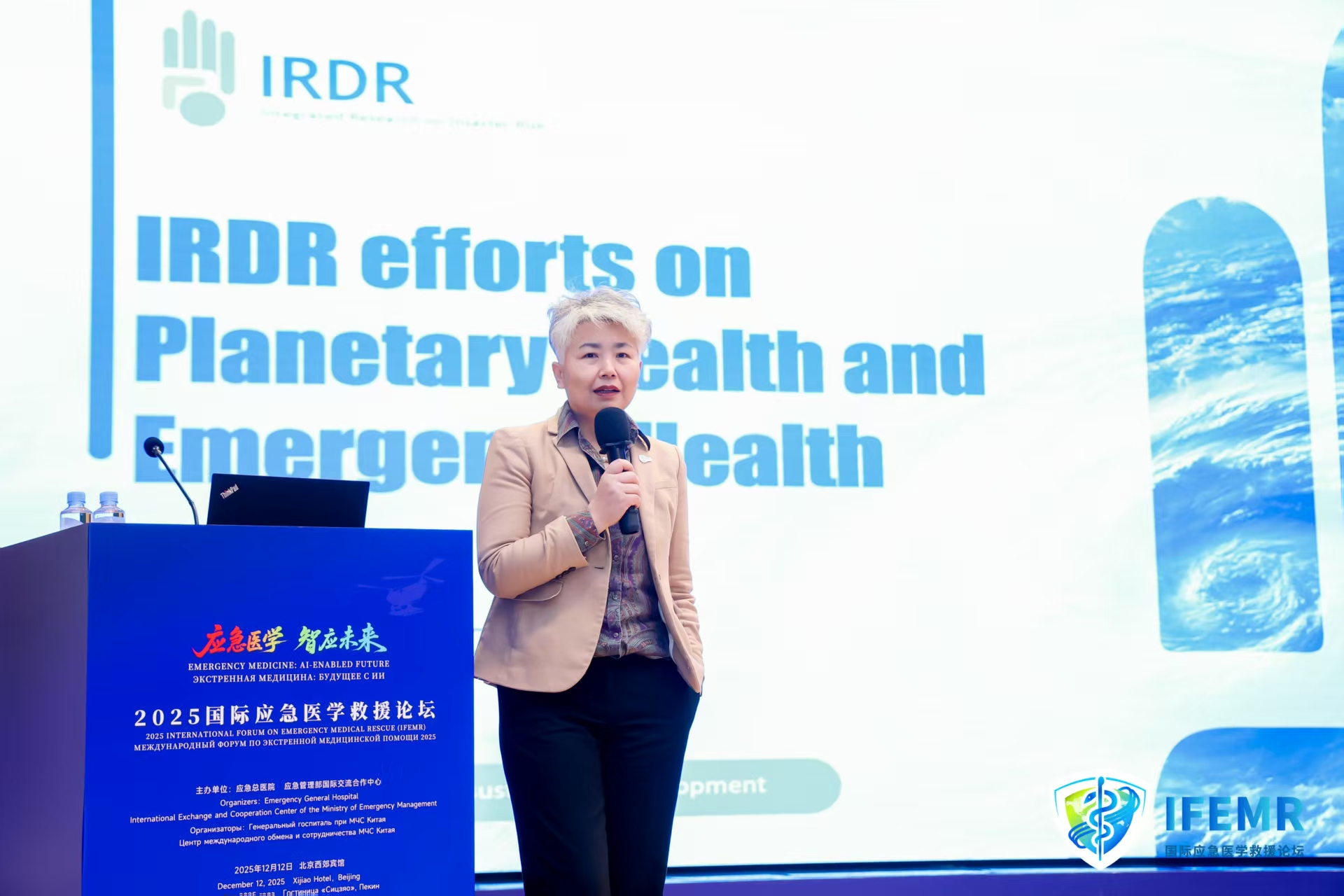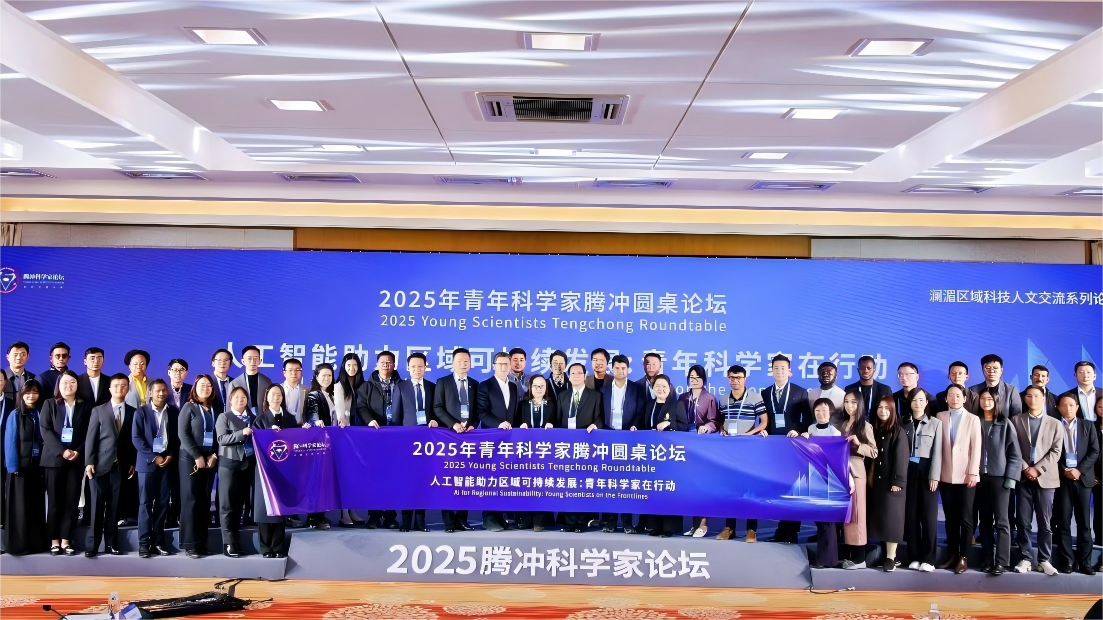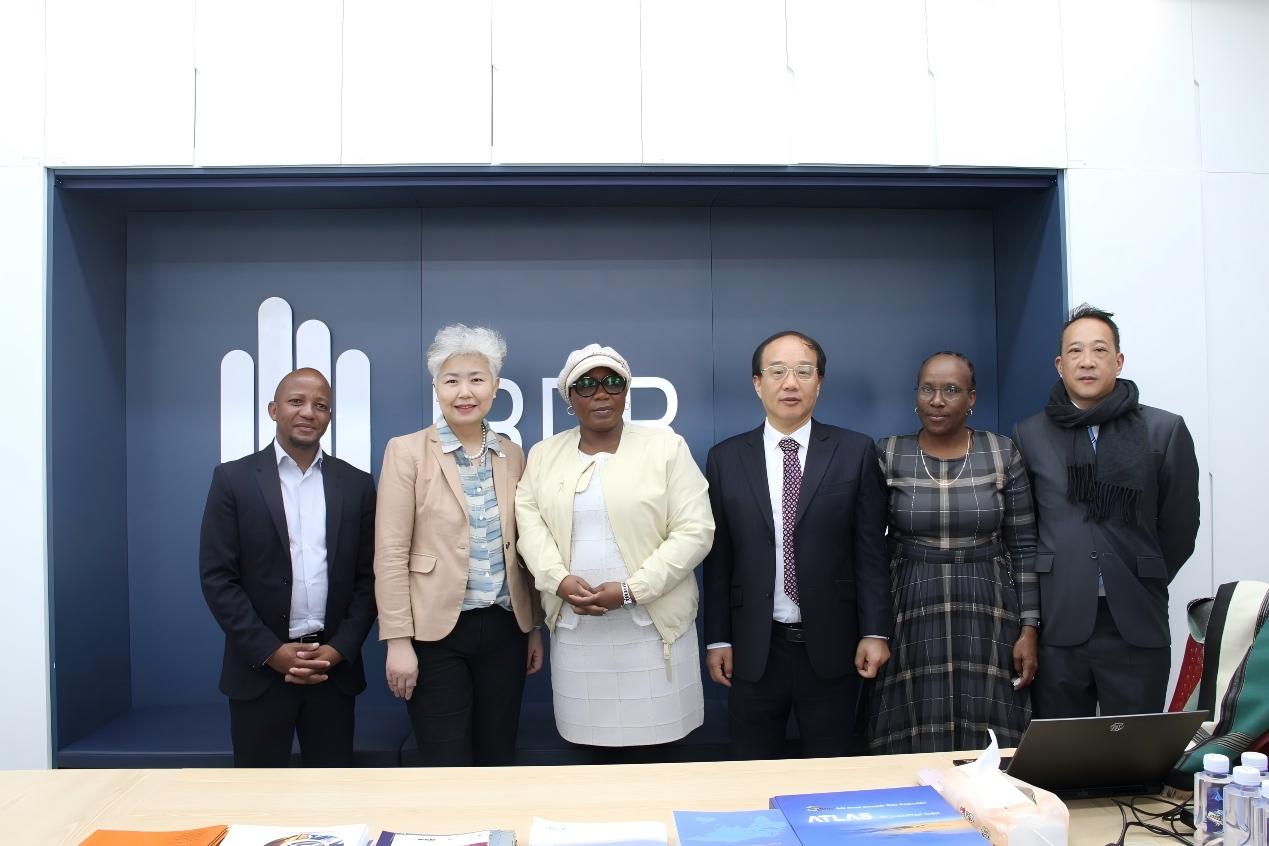Priority Area 3 of the Sendai Framework for Disaster Risk Reduction calls for the need to strengthen investment in disaster risk management and emphasizes the cooperation with industry in disaster risk management. In 2021, the International Science Council, the United Nations Office for Disaster Risk Reduction and IRDR jointly launched a new global risk science research framework and proposes nine priority areas for international cooperation in risk science research, of which priority area 5 is "Harnessing technology, data and knowledge to reduce risk". For the implementation of this priority, IRDR organizes and supports a series of workshops and pilot studies. The IRDR Pilot Study “The Current Situation and Future of the Digital Industry Development in Disaster Risk Reduction field in Sichuan Province” is one of the initiatives.
This study was conducted by Chengdu New Economy Development Research Institute (iNED) during 2024-2025 to demonstrate how digital innovations are revolutionizing disaster management in one of China’s most hazard-prone regions, explore and grasp the current situation and shortage of the digital industry currently used in the DRR field, and put forward opinions and policy recommendations for the future development direction.
This pilot study not only maps Sichuan’s landscape of digital industry in DRR but also provides a strategic roadmap for targeted investments that maximize impact. By identifying high-growth market opportunities and systemic gaps, the findings empower governments and investors to allocate resources to bridge the divide between technological potential and on-the-ground needs. Sichuan’s model demonstrates how digital transformation can yield measurable returns: every dollar invested in integrated warning systems saves $7 in future disaster losses, while tech-enabled rural preparedness protects the most vulnerable communities. This study also underscores a critical truth that strategic DRR investment in digital infrastructure isn’t just about technology; it’s about building equitable, future-proof resilience.
An IRDR Special Report derived from this study is undergoing peer review and is scheduled for launch this year.
----------------------------------------------------
Key findings of this study: Market, Gaps and Pathways
1. China’s Booming DRR Market
The study reveals China's disaster risk reduction industry is experiencing rapid expansion, with the broader safety and emergency sector valued at ¥2.19 trillion in 2023. Within this, DRR sector accounts for ¥620 billion ($85 billion), demonstrating significant specialization. Sichuan Province has emerged as a key player, hosting 4.7% of China's DRR enterprises and projected to grow its market to ¥30 billion ($4.1 billion) by 2025. This growth is fueled by technological advancements including the Tianfu Constellation satellite network and AI-powered early warning systems. Investment trends show strong preference for practical solutions, with 86% of financing directed toward hardware like drones and emergency software platforms between 2014-2025, primarily concentrated in Beijing, Guangdong and Jiangsu provinces.
2. Critical Gaps in Digital DRR Infrastructure
Despite technological progress, the study uncovered systemic challenges in Sichuan's digital DRR capabilities. Monitoring coverage remains inadequate, with only 45% of the province's 30,000+ geological hazard sites equipped with professional monitoring systems, forcing rural areas to rely on manual inspections. Data fragmentation between government departments creates operational inefficiencies. Remote communities face particular vulnerability due to insufficient digital infrastructure. The study also identified sustainability concerns, noting the high maintenance costs of advanced systems becoming financially unsustainable for local governments.
3. Policy Pathways for Enhanced Resilience
The study proposes targeted recommendations to address current limitations and scale successful initiatives. For governments, it emphasizes creating unified data standards through platforms to integrate cross-departmental disaster metrics. It calls for focused investment in rural capabilities, suggesting cost-effective solutions. The private sector is encouraged to develop adaptive technologies and collaborate on multi-hazard early warning systems.





